 spieth10@spiethstorage.com
spieth10@spiethstorage.com +8615259233328
+8615259233328
-
Time:4/29/2024
-
Time:4/19/2024
-
Time:4/1/2024
-
Time:3/29/2024
-
 Tel : +8615259233328
Tel : +8615259233328
-
 E-mail : spieth10@spiethstorage.com
E-mail : spieth10@spiethstorage.com
-
 Address : Tongan Park, Tongan District, Xiamen, China 361023
Address : Tongan Park, Tongan District, Xiamen, China 361023
The characteristics of the drive-in rack itself and the specific application
 Time:3/12/2019
Time:3/12/2019 1153
1153The drive-in rack can also be called a through-shelf, which is a typical continuous-row rack that does not require a forklift access. Compared with ordinary shelves, there is a very significant improvement in the utilization of warehouse storage space, eliminating the need to build more shelves for storage products in the channel space warehouse. Let's take a look at the features of the drive-in rack and its application.
1. The storage mode adopted for the drive-in rack is advanced rear-out, but it can be accessed with special forklift equipment.
2. The cost of the drive-in shelf is lower. Unlike the ordinary shelf, the structure of the drive-in shelf is simpler, so the cost of manufacturing the shelf is lower than that of the ordinary shelf.
3. The drive-in rack is suitable for some products with large horizontal size, small variety and large quantity, and the access mode can be determined according to the actual situation, usually used to store large quantities of the same type of products.
The above three points are some of the features of the drive-in rack.
Let's take a look at the specific application of the drive-in rack.
The speciality of the walk-in shelf structure makes the shelf smaller, so its storage density will also become larger. Compared with the conventional conventional shelves, the space utilization of the warehouse is higher because the space of the passage is reduced. Drive-in racks are usually used with special forklifts, so the height of the racks is not too limited and can be designed according to the maximum height that the forklift can raise. Drive-in shelves are often used in places where storage space costs such as cold storage are high.

-

-
 +8615259233328
+8615259233328
 0
0







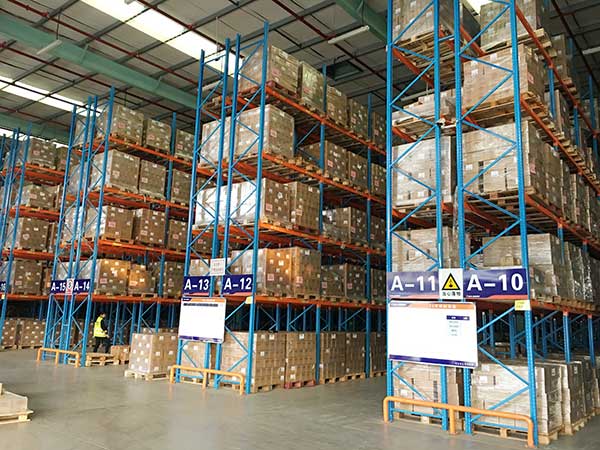
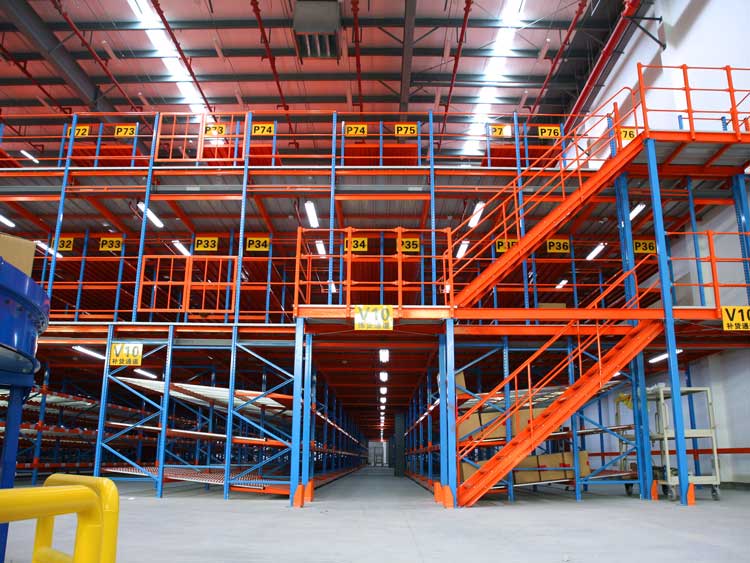
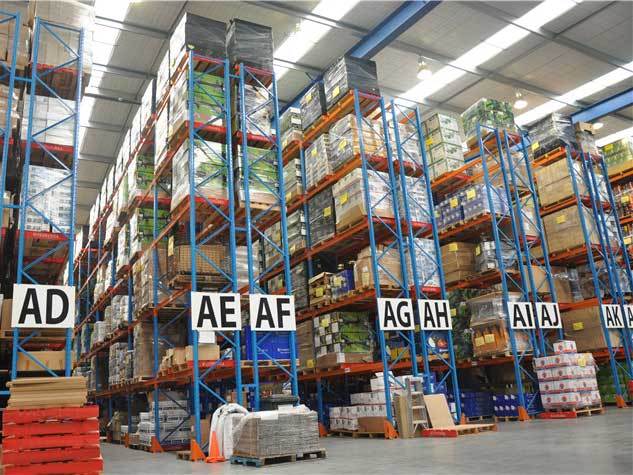
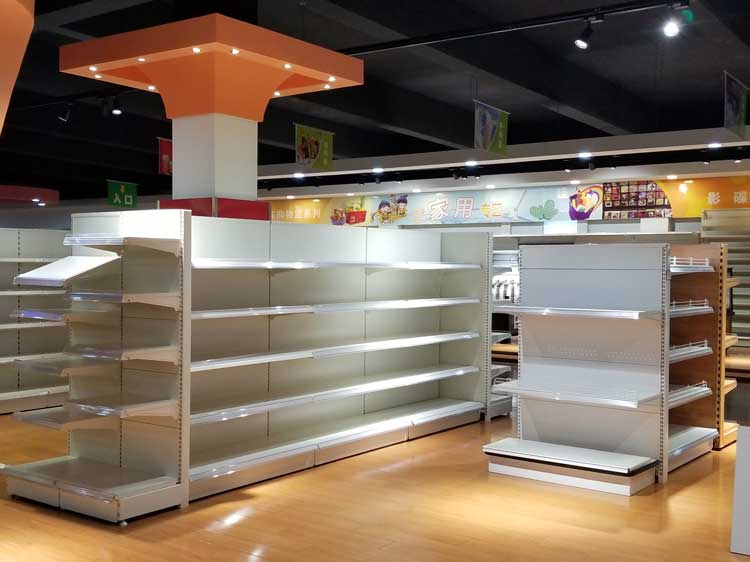
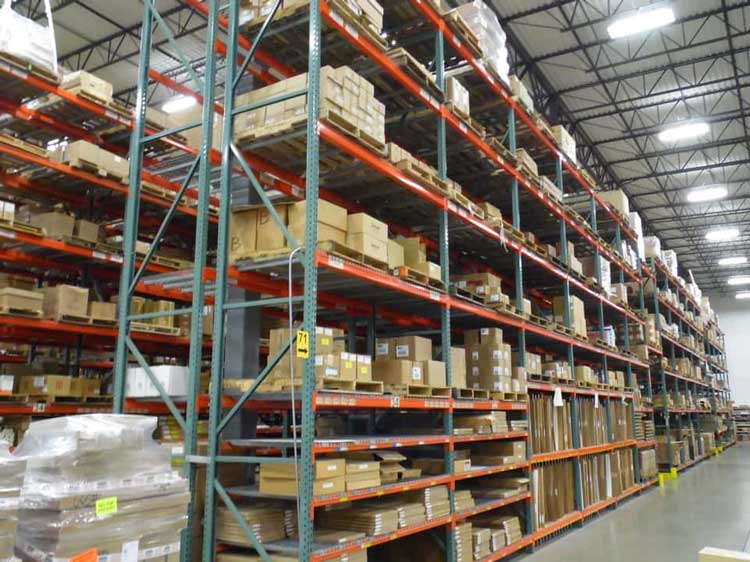






 Link:
Link:




